The cloud-covered mountainsides, where the Dao, Thai, and Mong people still preserve the secrets of making medicine and soaking leaves, are gradually becoming a major medicinal center of the country. From folk remedies, wild plants and herbs have entered the modern production chain, contributing to changing the economic face of the highlands and opening up a sustainable future for traditional Vietnamese medicine.
Treasure trove of medicinal herbs in the middle of the jungle
The Northwest region – where the terrain is mountainous, the climate is diverse and the ecosystem is rich – has long been considered the "capital" of many precious medicinal plants in Vietnam. According to the latest surveys, many provinces such as Son La, Lai Chau, Dien Bien , Lao Cai currently have more than 1,000 medicinal plant species discovered, of which many endemic species only grow well in cool, humid highland environments.
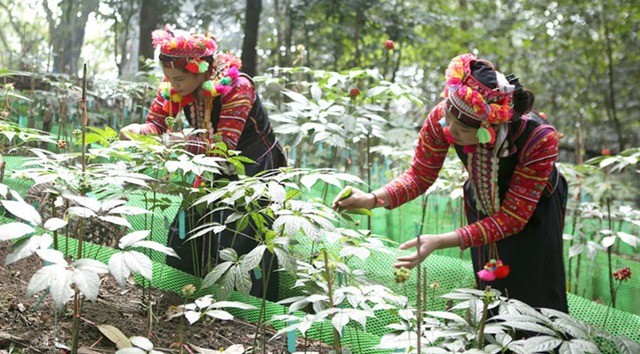
Medicinal plants such as angelica, panax notoginseng, polygonum multiflorum, seven-leaf cistanche, Lai Chau ginseng, cardamom, and red salvia have become the pride not only of ethnic minorities but also of the traditional Vietnamese medicine industry. These are precious raw materials that can be developed into medicinal products and functional foods of high economic value, contributing to the construction of a "green economy" associated with nature conservation.
From folk knowledge to scientific value
The people of the Northwest, especially the ethnic minority communities such as Dao, Thai, Mong, Ha Nhi… have long accumulated many valuable medicinal recipes passed down through many generations. The local healers, shamans and Red Dao women all know by heart the uses of each type of leaf and how to combine them to treat diseases.
Folk remedies such as "bathing with Dao leaves", "steaming with herbs", "soaking in medicinal wine to treat bone and joint pain" have been proven to be effective in supporting the treatment of many chronic diseases, enhancing blood circulation, and detoxifying the body. Today, many of these remedies are being re-researched, standardized, and developed into commercial products by the Institute of Medicinal Materials, traditional medicine centers, and pharmaceutical companies.
Combining indigenous knowledge and modern science
According to experts, to turn potential into sustainable advantages, the Northwest needs to build a closed medicinal value chain - from planting, harvesting, preliminary processing to product preparation and commercialization.
Many models have been successfully implemented such as the Lai Chau ginseng growing area meeting GACP-WHO standards, the purple cardamom growing area in Son La or the red artichoke in Yen Bai. The participation of enterprises and cooperatives helps people have stable output, while increasing the value of products thanks to the international standard process.
In addition, the connection between scientists, authorities and local ethnic communities also helps preserve and reasonably exploit medicinal resources, avoiding spontaneous exploitation that causes depletion of valuable genetic resources.
Green economy from medicinal forests
Developing medicinal plant areas not only creates medical value but also is a direction for green economy - a growth model based on conservation and regeneration of natural resources. When medicinal plants become the main crop, forests are better protected, people have stable livelihoods and no longer depend on forest exploitation.
In Lai Chau, many Dao and Mong households have escaped poverty thanks to growing Panax pseudoginseng, Polygonum multiflorum and Lai Chau ginseng. In Lao Cai, cooperatives growing Angelica sinensis and Salvia miltiorrhiza have partnered with pharmaceutical companies to produce herbal tea and medicinal extracts for export to South Korea and Japan.
This is clear evidence that developing medicinal herbs is a feasible direction for the Northwest to become a "green economic" center associated with the identity of traditional Vietnamese medicine.
Preserve forests, preserve knowledge, preserve the future
For sustainable development, it is necessary to pay attention to two parallel factors: preserving indigenous knowledge and protecting natural ecosystems. Elderly people, traditional healers, and women who know how to collect wild medicinal herbs should be honored as "keepers of the forest soul".
The authorities of the Northwestern provinces are also promoting the digitalization of medicinal data, building maps of growing areas, and at the same time encouraging organic production, combining medicinal tourism - where tourists can relax, experience medicinal baths, and pick forest leaves.
The Northwest is facing a great opportunity to turn "medicinal forests" into "golden forests", both preserving nature and enriching traditional medical knowledge - towards a green, humane and sustainable economy.
Source: https://baolaocai.vn/y-hoc-co-truyen-hoi-sinh-tu-nui-rung-tay-bac-post885818.html


![[Photo] President Luong Cuong receives US Secretary of War Pete Hegseth](https://vphoto.vietnam.vn/thumb/1200x675/vietnam/resource/IMAGE/2025/11/02/1762089839868_ndo_br_1-jpg.webp)



![[Photo] Lam Dong: Images of damage after a suspected lake burst in Tuy Phong](https://vphoto.vietnam.vn/thumb/1200x675/vietnam/resource/IMAGE/2025/11/02/1762078736805_8e7f5424f473782d2162-5118-jpg.webp)

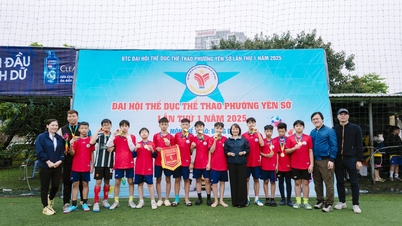





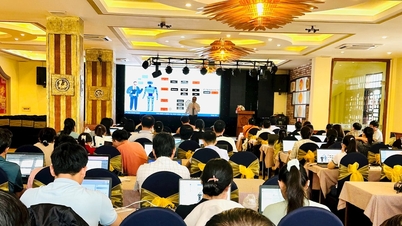









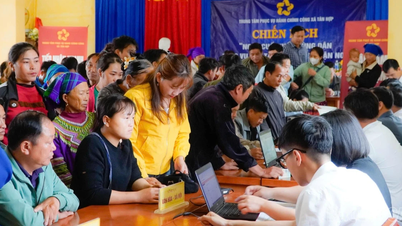
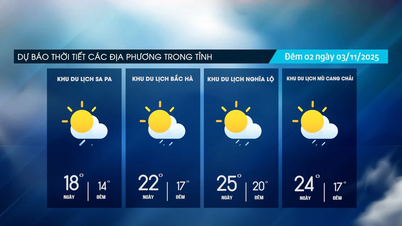








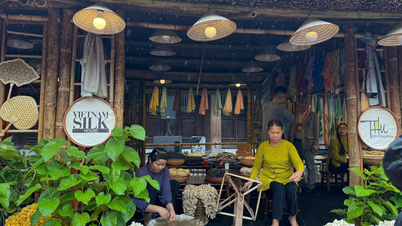



























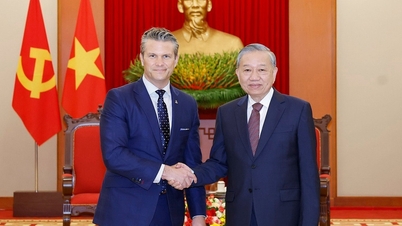

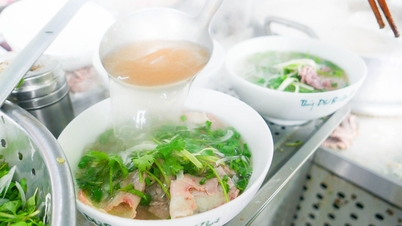

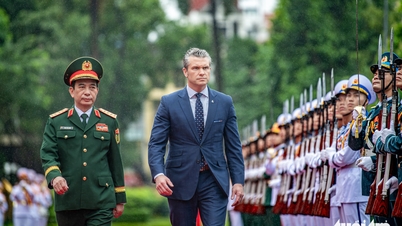





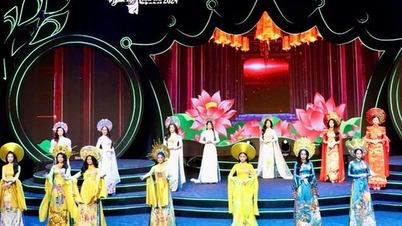









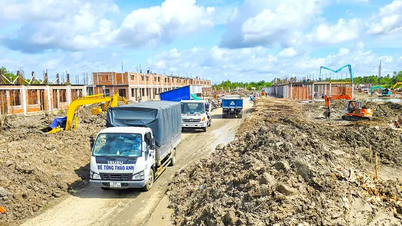
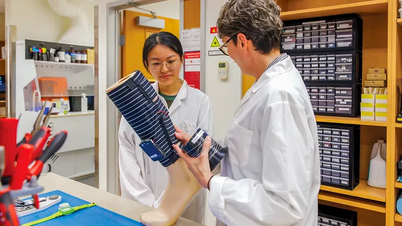
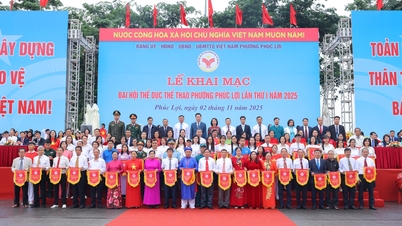












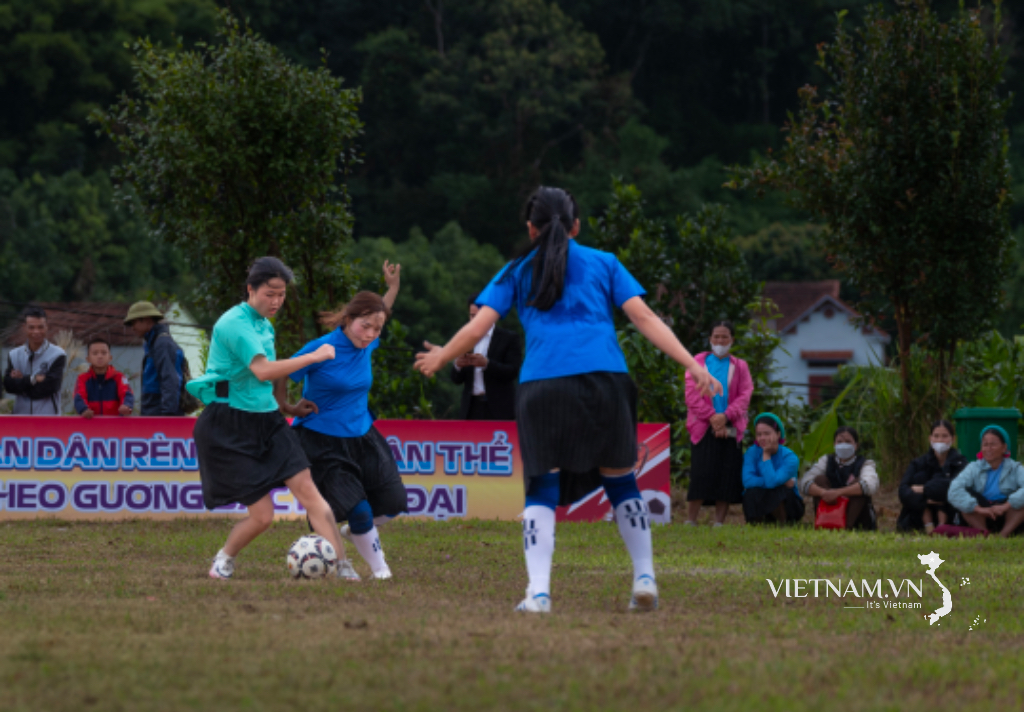

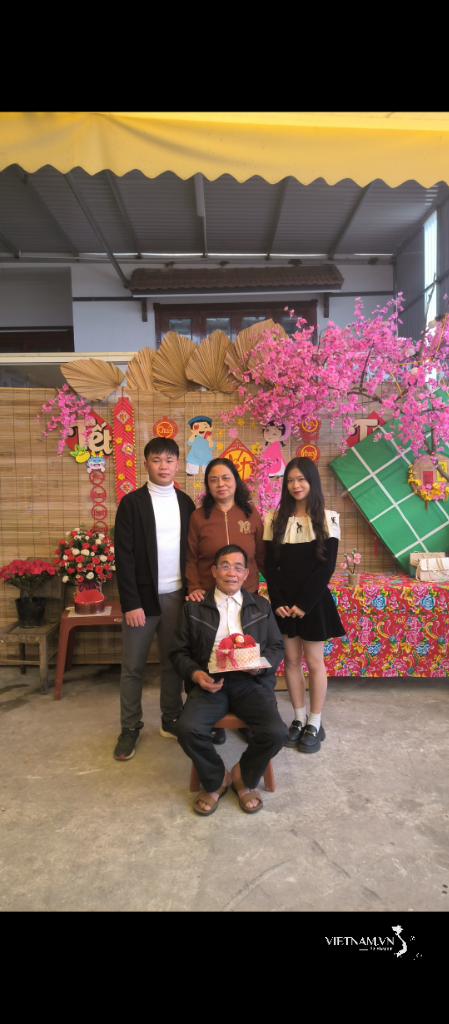

Comment (0)